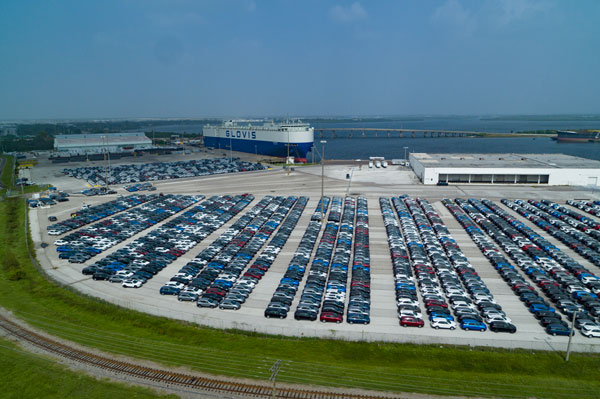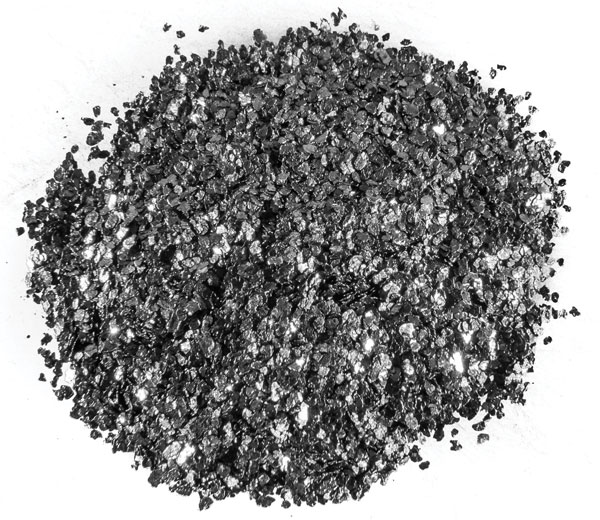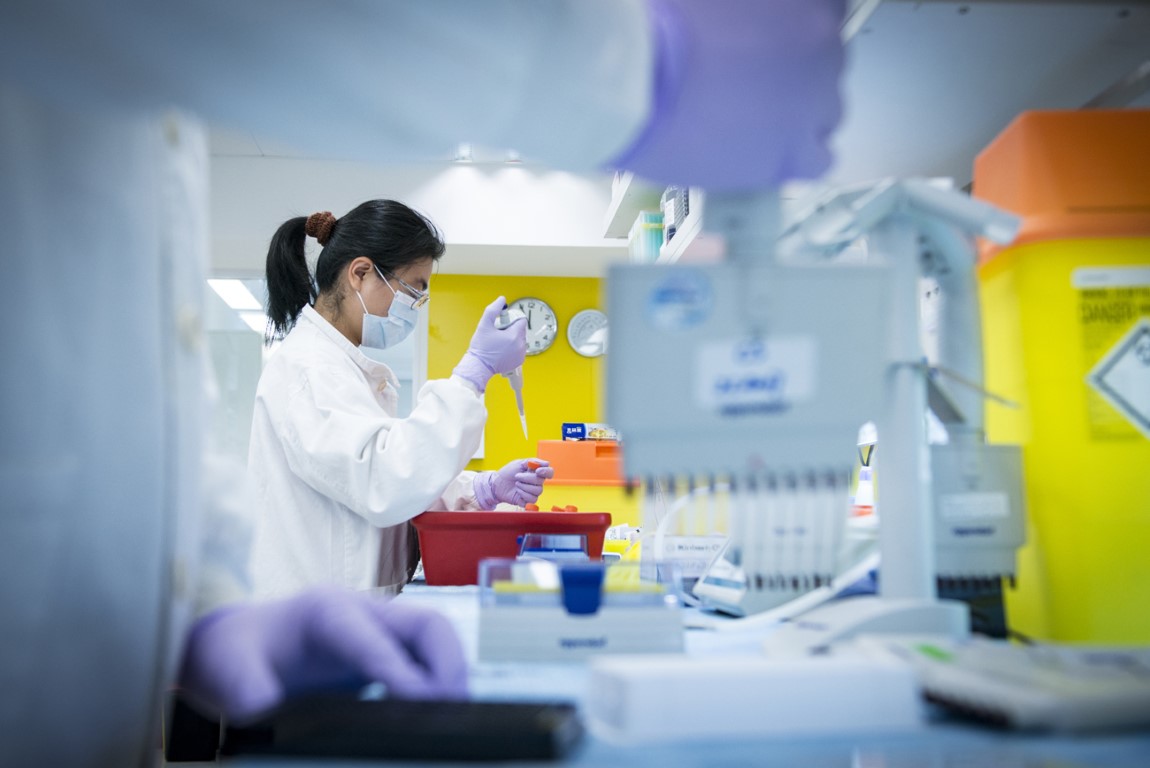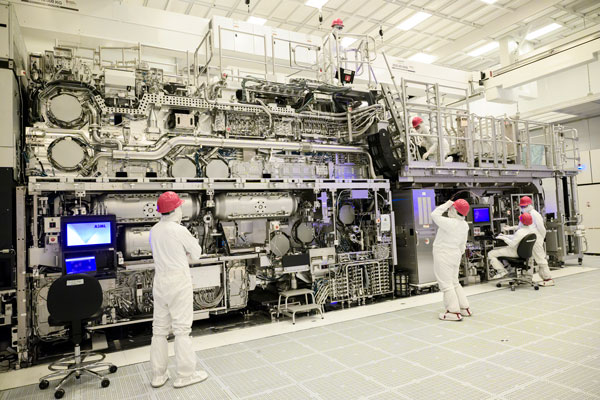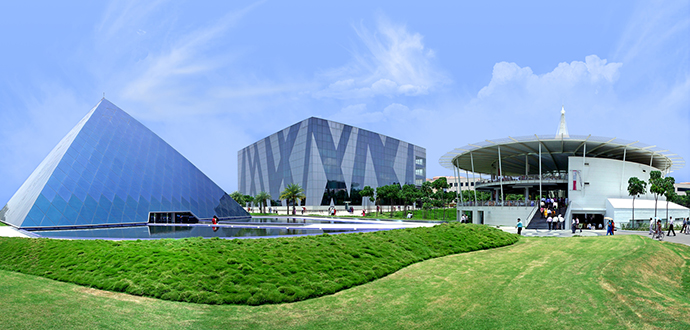
In 2017, more than 30,000 employees worked out of 50 buildings at the Infosys campus in Bengaluru, India. As of 2024, the company employs more than 317,000 worldwide.
Archive photo courtesy of Infosys
|
|
Our August 2017 Online Insider featured an interview with Ravi Kumar, then-president and deputy COO of Infosys, about the Indian technology services and outsourcing giant’s plan to create 10,000 U.S. jobs at a number of new hubs in Indiana, North Carolina and beyond.
Reporting last year by James Briggs for Axios found things weren’t exactly proceeding as planned in Indy, where the company, like others navigating its way back from pandemic office trends, had qualified for only $15.4 million of the $117 million in state and city incentives offered for what was projected to be the creation of 3,000 new jobs. “Infosys claimed in an email to the city last year to have hired more than 1,000 people, but it’s unclear how many of those employees are remote,” Briggs wrote. “Infosys declined to share Indianapolis hiring numbers or answer questions about construction.” The company in December, however, DID inaugurate a new center in Nagpur, Maharashtra, India, that will accommodate 3,000 jobs “in alignment with Infosys’ future-ready hybrid workplace strategy.”
Meanwhile, Ravi Kumar has moved on to be CEO of Cognizant, a fast-growing company in its own right. Site Selection’s Conway Projects Database has tracked half a dozen projects from the company since early 2022, including a 200-job project in Missoula, Montana; a 300-job investment in Austin, Texas; and a 1,250-job center in Halifax, Nova Scotia.
|

